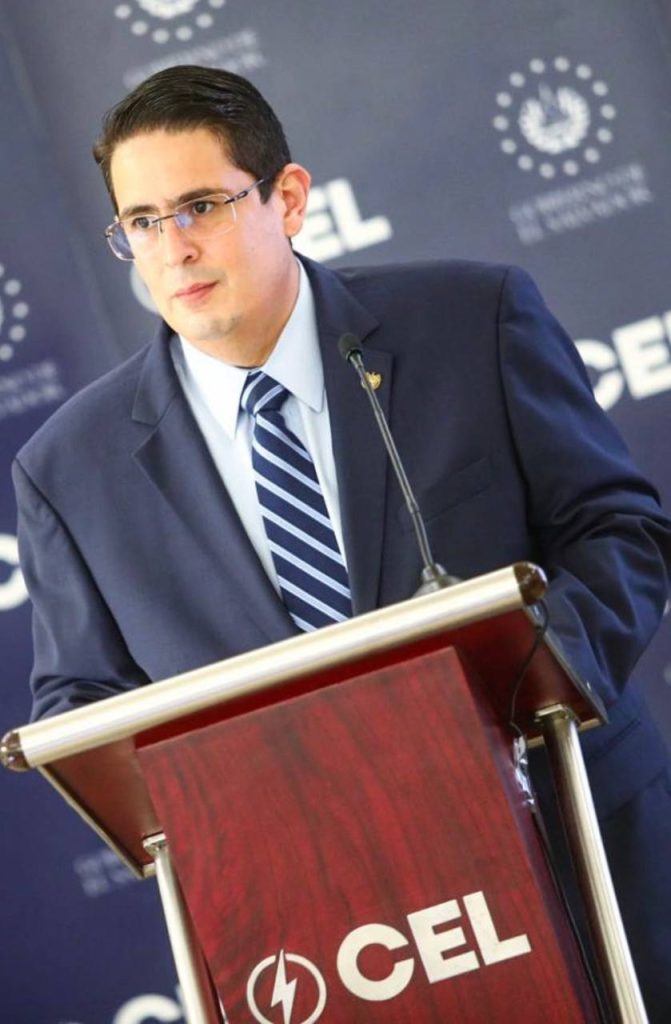Recently, the Salvadoran people have decided that President Nayib Bukele will continue in his position for another four years.
The inauguration of a new term also implies the continuation of conversations with the government, with whom work on electric mobility had been ongoing.
In an interview with Mobility Portal Latinoamérica, Roberto Parada, president of the Electric Mobility Association of El Salvador (ASOMOVES), details the current state of affairs in the country and what still needs to be done.
Electromobility and hybridity, similar but not the same
In the country, there is a Law for the Promotion and Incentives for the Importation and Use of Electric and Hybrid Means of Transportation.
However, the requirements imposed on the vehicle fleet hinder the expansion of electric cars.
In El Salvador, there are approximately one and a half million automobiles, of which 85 per cent are imported from the United States after being refurbished and purchased from insurance companies.
Only 15 per cent are new. This means that the Salvadoran market is predominantly composed of refurbished used cars.
This condition also applies to electric vehicles.
Furthermore, these vehicles must not be older than three years, and in the case of zero-emission vehicles, they must also have a new battery.
However, the vast majority of electric vehicles that could enter the second-hand market do not meet this age requirement, and the battery usage by that time does not warrant replacement.
“The conditions are very restrictive. For example, the law states that a used vehicle cannot be imported if it is less than three years old. And if it’s electric, they want the battery to be new. I don’t think anywhere in the world a three-year-old vehicle comes with a new battery,” says Parada.
As a result, the number of hybrids entering the market exceeds the few electric cars that manage to do so.
Another challenge facing the importation of electric vehicles is that even if importers manage to meet the refurbishment requirements, there is no defined state entity to verify and certify this.
On the other hand, the fiscal incentives applied are also the same for both: exemption from VAT on purchase, import tariffs, and DAI tax, as well as a reduction in the circulation permit fee.
For these reasons, intermediaries importing from the United States find electric vehicles much more profitable than hybrids.
The spokesperson highlights that while these measures are very helpful and provide relief for the driver after being verified, the greatest difficulties are prior.
It is at this point that ASOMOVES aims to reach the Legislative Assembly.
One of the topics they wish to discuss is VAT on sales.
Despite the rule alleviating the burden of VAT on purchase, this cost is passed on to the final consumer, making it more expensive.
“We want to at least suggest to the Government, through these forums, that it would be very opportune to remove that VAT for a period of two or three years to truly promote electromobility. Otherwise, it doesn’t make sense. You don’t pay VAT on purchase, but it does apply to sales,” they comment.
Once the Assembly seats are settled around June, they hope to present the corresponding project and sit down to discuss with state actors.
Parada points out that El Salvador has tremendous potential if the importation of battery-powered vehicles is made easier.
According to the specialist, this is because, although the purchasing power of Salvadorans is lower, it is precisely where the opportunity arises to find a good market for used cars.
The government and the private sector, two sides of the same coin

“It’s important that we run this race together,” states Parada.
The spokesperson believes that the government will bear the greatest responsibility for advancing the electric mobility strategy.
In this regard, within the government ranks, the actors are integrated.
This is the case of the Director General of Hydrocarbons and Mines, who is also the CEO of the Executive Hydroelectric Commission of the Lempa River, Daniel Alejandro Álvarez Campos.
This combination of roles in the same official may be significant when discussing the expansion of charging infrastructure, due to the analysis he can provide regarding the country’s energy generation capacity.
He will be the first to speak at the Electric Mobility Congress in El Salvador, which will take place on March 24th in the capital.
This event also marks an important milestone in the transition to electromobility, enabling new avenues of conversation.
Efforts are also being made to invite new actors to participate in the Salvadoran market, such as investors, importers, and opening the door to other proposals that may arise for the government.
The main investing actor in this aspect is the company Blink Charging, which has installed around 35 slow-charging points.
But these chargers can only be public. If spaces like shopping centres or restaurants want to start managing to have their own chargers, although they can install them, they cannot commercialize the energy due to a lack of regulations.
Additionally, companies are waiting for the growth in the number of electric vehicles on the road, as this is their target market and still remains marginal in proportion to all the vehicles in El Salvador.
This is why enabling alternative installation options for charging infrastructure is crucial to create more locations where users can charge their vehicles and ensure travel across a country suitable for electric car travel, thanks to the short distance between cities.
Contradictions in legislation continue to hinder the advancement of electric vehicles, but the emergence of new spaces for discussion and collaboration with government officials gives hope to sector promoters.






